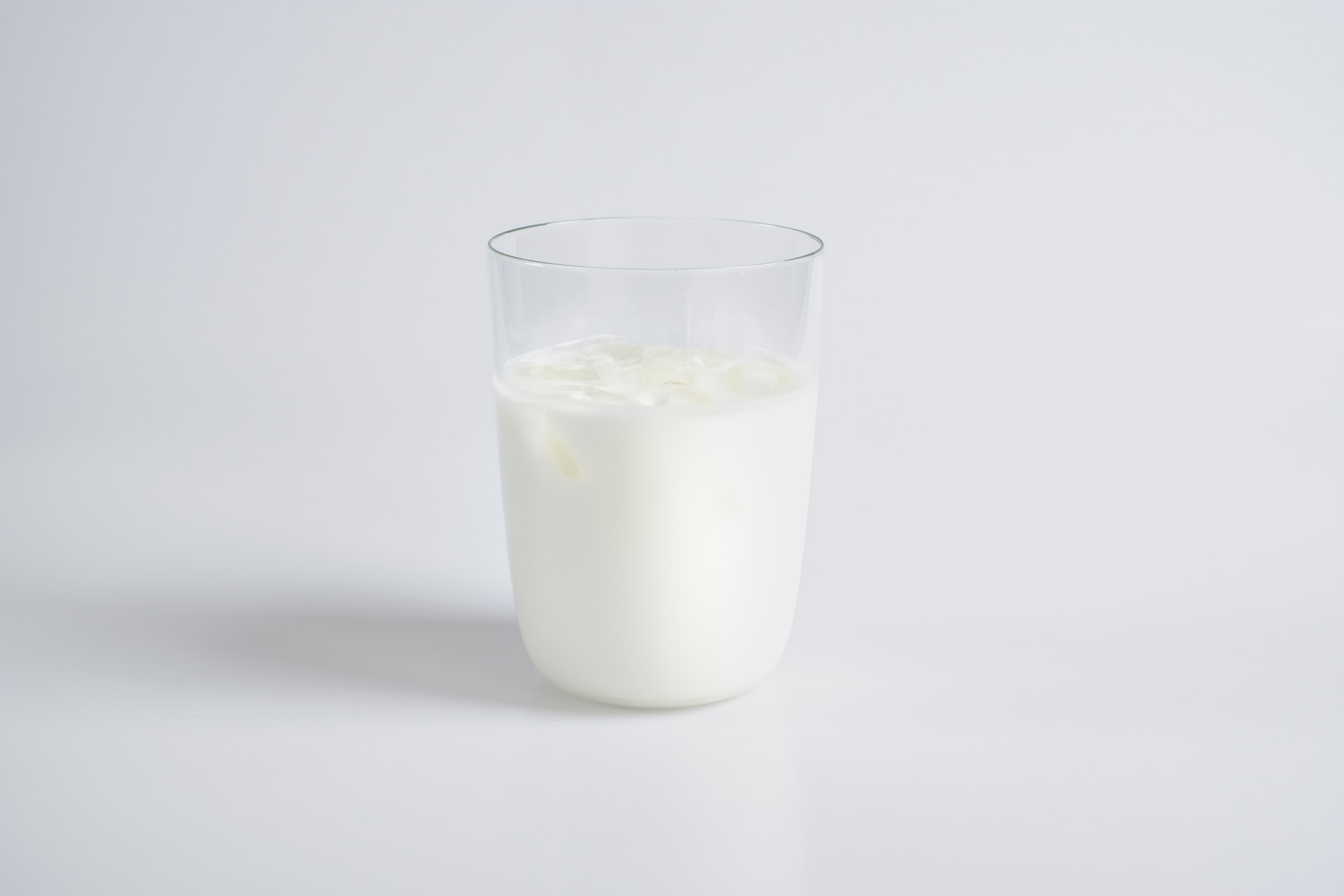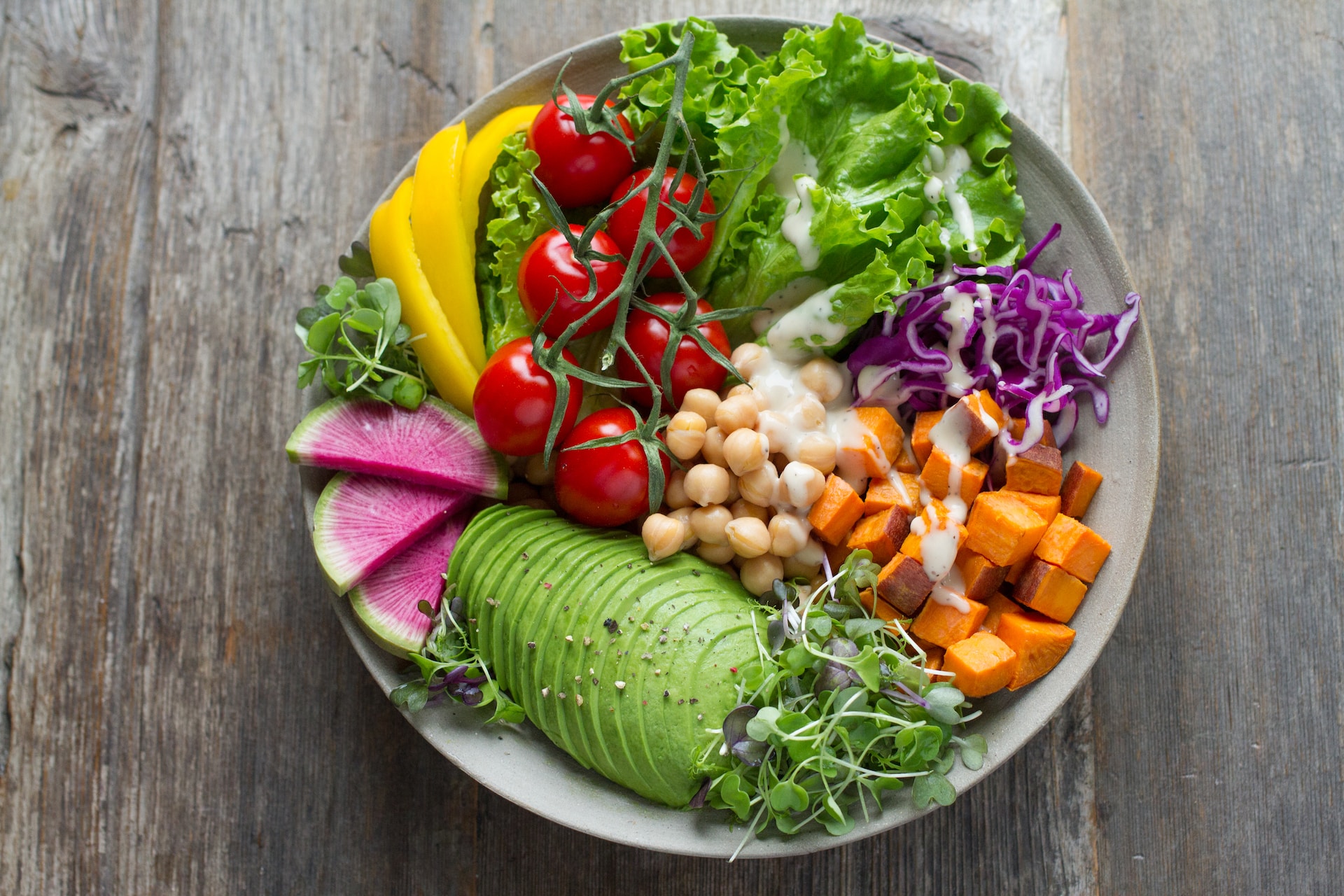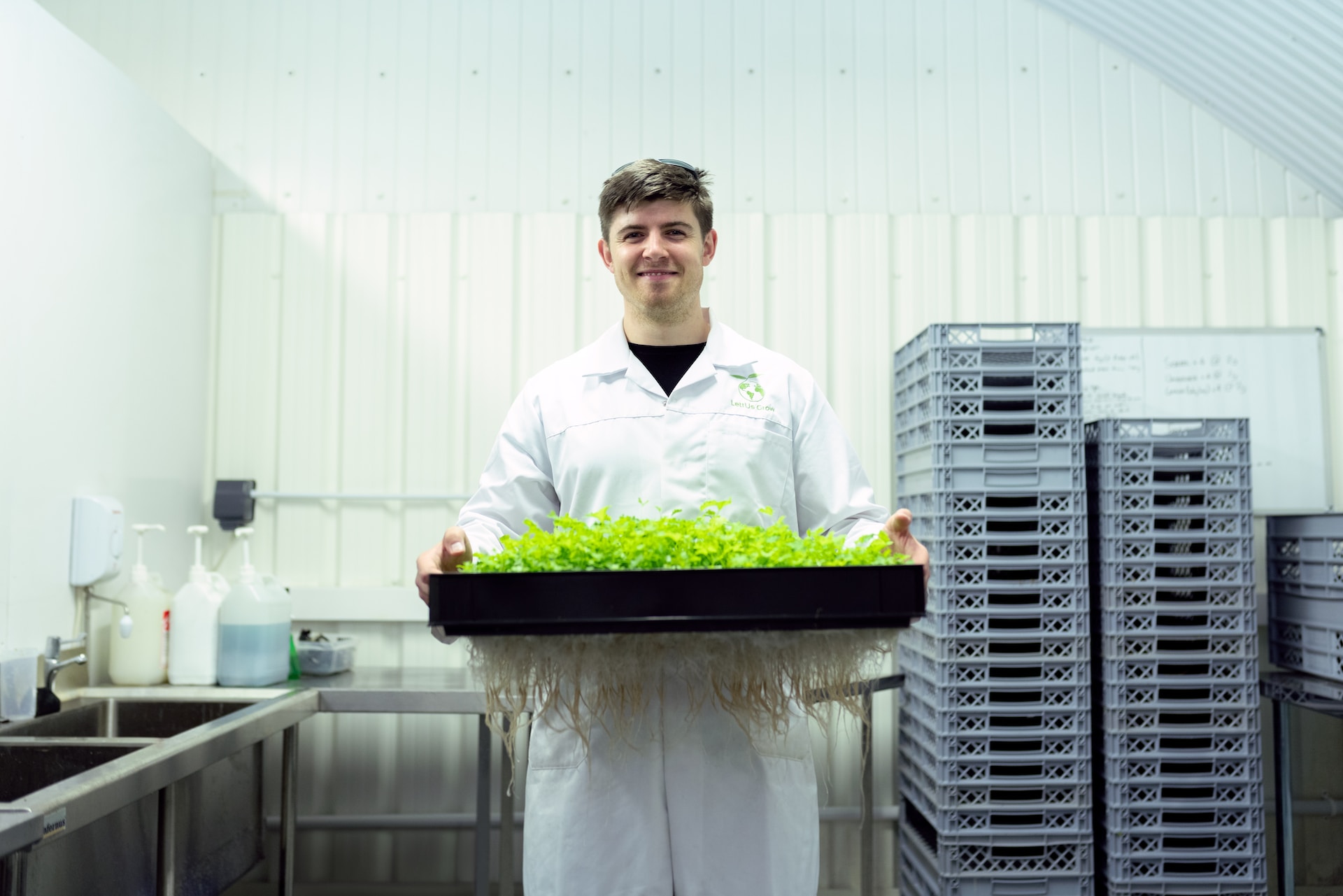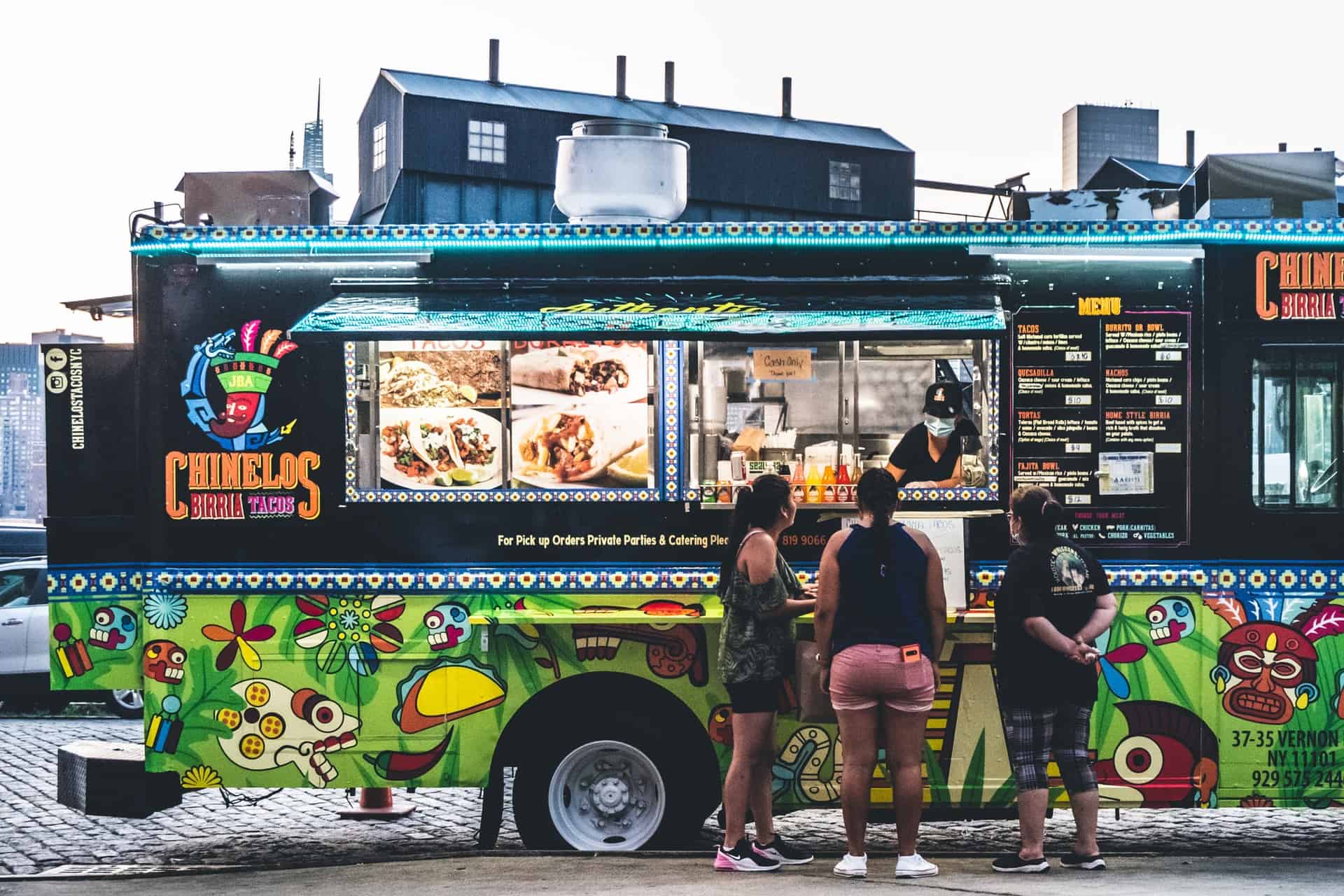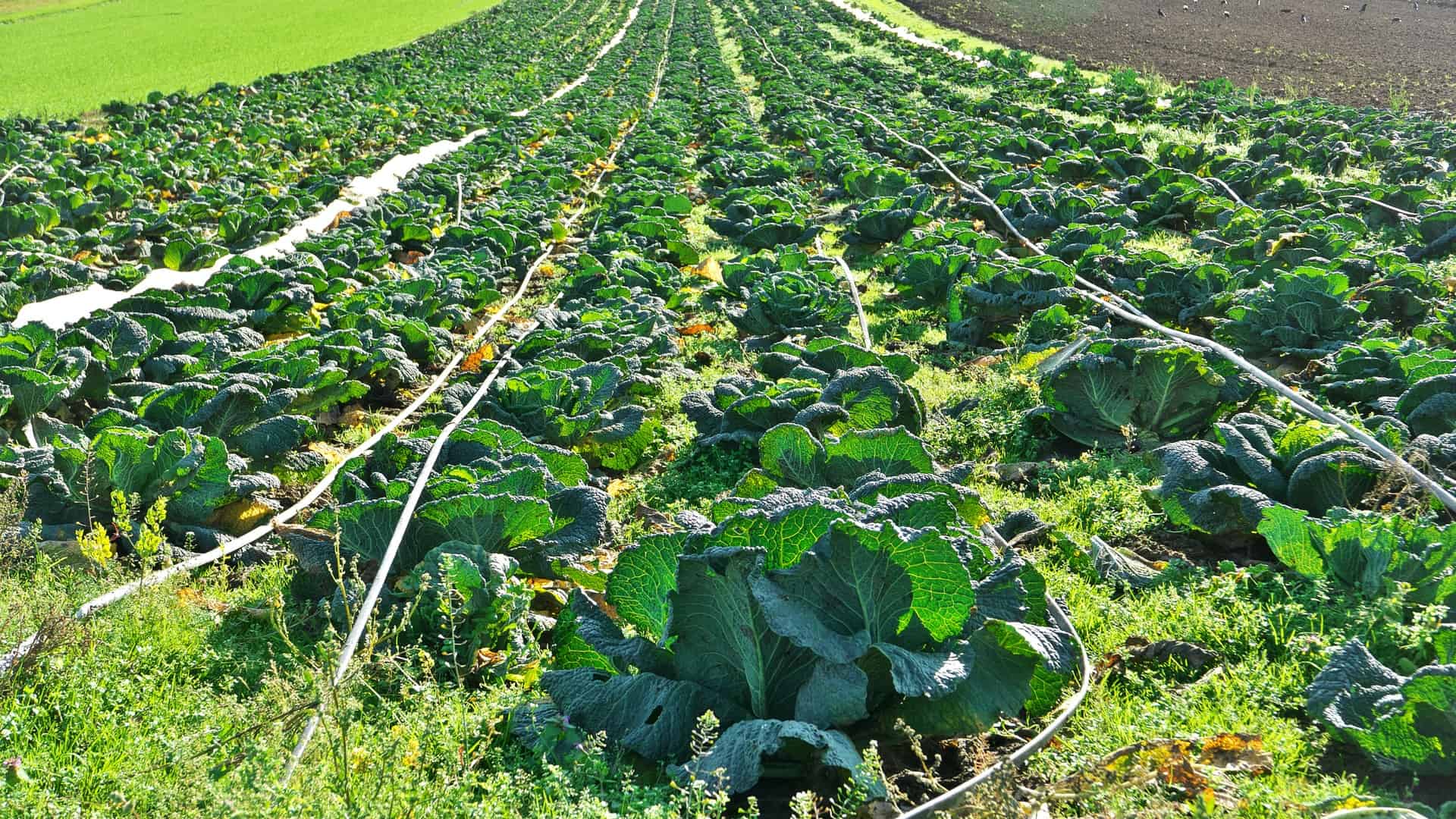
How To Make the Industrialized Food System More Sustainable
April 20, 2021 - Emily Newton
Revolutionized is reader-supported. When you buy through links on our site, we may earn an affiliate commision. Learn more here.
Many people have become more concerned about adopting eco-conscious behaviors to positively affect future generations and this one. However, they also often realize that the industrialized food system that most people rely on so much is not as sustainable as they’d like.
Fortunately, there are practical and effective ways to help people get sustainable food from industrial sources. Here are some compelling examples.
Reduce Fertilizer Usage
Farmers regularly apply fertilizer to address ongoing soil degradation problems. A recent study from the University of Colorado at Boulder found that one-third of the soil used for corn farming in the United States only compensates for the lack of natural soil fertility. The prevailing belief before that research came out was that fertilizer also boosted yields.
However, the scientists confirmed that it costs U.S. farmers more than half a billion dollars in extra expenses to merely maintain the minimum soil condition for growing. They built four models that led to their conclusions. Two showed the effects of using only fertilizer or irrigation, while another showed the impacts of relying on both. The fourth illustrated what happens if not implementing either one.
The team’s research highlighted the connection between fertilizer usage and greenhouse gases, too. The people involved then suggested how farmers could change their methods to become less dependent on fertilizer without seeing a negative impact on yields. Succeeding in that goal would save agricultural professionals money while helping the planet.
The possible ways to cut down on fertilizer include:
- Practicing regenerative agriculture on active farmlands
- Adding or increasing erosion control measures
- Tilling fields less often
Moreover, the scientists said that using organic fertilizers rather than inorganic ones was another smart move for those who produce industrialized food. They mentioned that compost usage could cut down on how much nitrogen and phosphorus farmers need to use.
Achieve Sustainable Food Improvements Through Biodiversity
Biodiversity relates to the numbers and variety of life on Earth, as well as the associated habitats. Households can support biodiversity by doing relatively simple things like purchasing organic produce and reducing their overall product consumption levels. Some excellent steps to take from an industrial agriculture perspective are to create pollinator-friendly landscapes and reduce pesticides that can harm the environment, and bee populations, in particular.
Bees are not the sole factor necessary for better biodiversity, but they’re crucial, especially due to how they pollinate flowers. According to one estimate, up to three-quarters of food plants would not yield any flowers if not for pollinators’ influences. That statistic shows why industrialized food producers should promote pollinator sustainability.
Several industrial farming practices directly promote biodiversity. For example, agricultural professionals can start by planting native trees and hedges on their land. Other useful measures are to identify and control the invasive species that are most likely to cause problems in particular areas. They can harm local ecosystems by eventually dominating them.
Organic Farming Improves Honeybee Colony Performance
Many conscious consumers try to positively impact the food system by choosing organically produced items. They believe that increased marketplace demand for such options will make industrial farmers more likely to prefer and prioritize organic practices that help restore the planet instead of hurting it.
Research also shows that organic farming helps local honeybee colonies. Scientists studied 180 hives in France across six years. They compared the performance of hives located on organic farms versus conventional ones. Those in the first category had 53% greater honey production and 37% more brood. Another finding was that hives on organic farms had a 20% larger adult bee population represented in them.
Farmers may initially decide to get into organic farming to meet public demands. However, as these conclusions highlight, the decision could support biodiversity by nurturing pollinators.
Crop Production Diversification Enhances Biodiversity and Yield
Much of the industrialized food industry centers on monoculture, where farmers only plant single crops on vast land. That may seem like a sensible thing to do if the items grown are the products consumers want most. However, it can also negatively impact biodiversity.
Farmers can make positive changes by doing things such as:
- Growing several crops on a rotating schedule
- Building or restoring a species-rich habitat on land near crops
- Letting natural predators help regulate the pest population
- Planting strips of flowers to attract pollinators
A November 2020 investigation examined 5,188 studies to compare the differences between diversified and simplified agricultural practices. After recording the specifics of nearly 42,000 examples, the researchers found that diversified agricultural methods maintained or even increased crop yields compared to monoculture approaches.
One of the study’s authors clarified that this research confirms how diversified agricultural practices can keep farms productive while increasing biodiversity and minimizing the environmental harm associated with single-crop planting methods. However, she mentioned that the best results would occur by customizing the techniques to specific regions and crops. More research could show the best ways to maximize the benefits and cut down on negative trade-offs.
Use Smart Sensors To Conserve Resources and Boost Awareness
The world’s food system has a significant waste problem that exacerbates inequality. While the residents of some nations have more consumables than they need and discard many of them, people elsewhere struggle to find enough to eat and face persistent malnutrition.
Another challenging reality is that waste can happen both before and after harvesting. For example, if a major food supplier experiences delays in scheduling, produce may become overly ripe before it reaches a pickers’ hands. Similarly, if fruits and vegetables don’t stay in the recommended temperature range or if people drop their containers during transit, those events could mean food does not arrive in sellable condition.
That’s why many supply chain specialists use Internet of Things (IoT) sensors to become more aware of issues. They can immediately see a product’s location in the supply chain and receive real-time alerts about any abnormal events. It’s then possible to take corrective action, whether for a specific shipment or by putting suppliers on probation for repeatedly committed errors.
Smart Sensors Help Farmers Conserve Resources
Using resources responsibly is a tremendous part of sustainable food production. Farmers were not among the earliest adopters of IoT sensors. Now, however, many — especially those associated with the industrialized food system — realize that using them makes financial sense. That approach also has widespread sustainability benefits.
For example, some IoT products let farmers see when to irrigate specific crops or fields. Then, they’ll use water only when necessary without depending on wasteful habits. Other sensors exist that warn farmers of potential pest infestations. Then, opportunities exist to behave more sustainably by only applying pesticides to the plants or areas that need them rather than using a mass-application approach.
Using IoT tech for soil monitoring is also an excellent way for farmers to predict yields based on current conditions. If necessary, they can make adjustments to improve the outcomes for a given season. Such methods could stop farmers from adding too much fertilizer. It could also help them set accurate expectations for customers who place large, ongoing orders.
Support Urban Farming Efforts
An often-cited factor that can make industrialized food unsustainable is the distance it travels to reach customers. As consumers browse produce sections, they’re often accustomed to buying any items they desire, regardless of if they’re in season locally. Relatedly, food may travel longer distances to reach people in cities compared to those in rural areas.
A University of Texas at Arlington study hopes to change that. Assistant professor Caroline Krejci explained, “We’re trying to determine what it would take to have peri-urban and urban farms in central Iowa produce enough consumable food crops to supply 50% of Des Moines residents’ nutritional needs, and what the impact on the environment would be.” People generally describe peri-urban areas as those bordering metropolitan places.
Farmers in Iowa currently produce large quantities of corn and soybeans. However, those are not environmentally friendly crops, partially due to the associated runoff of agricultural chemicals into waterways. They can leave Iowa farms, enter the Mississippi River, then flow to the Gulf of Mexico.
The researchers hope to gain findings that would encourage more urban farmers to grow crops destined for local areas, plus consider growing items that are more beneficial to sustainable food production. If those things happen, the environment will reap the rewards and agriculture professionals could boost their profits.
Dedicated and Customized Efforts Needed
The examples here show that it’s realistic and possible for people to expect industrialized food to become more sustainable. However, success is most likely to come when individuals collectively commit to doing what they can to help it happen.
Moreover, certain strategies are most appropriate for particular crops and regions. Learning those details before launching plans is a thoughtful and necessary approach to improving the world’s food system in lasting ways.
Revolutionized is reader-supported. When you buy through links on our site, we may earn an affiliate commision. Learn more here.
Author
Emily Newton
Emily Newton is a technology and industrial journalist and the Editor in Chief of Revolutionized. She manages the sites publishing schedule, SEO optimization and content strategy. Emily enjoys writing and researching articles about how technology is changing every industry. When she isn't working, Emily enjoys playing video games or curling up with a good book.
